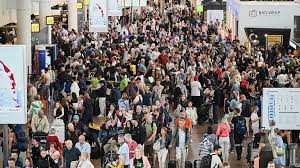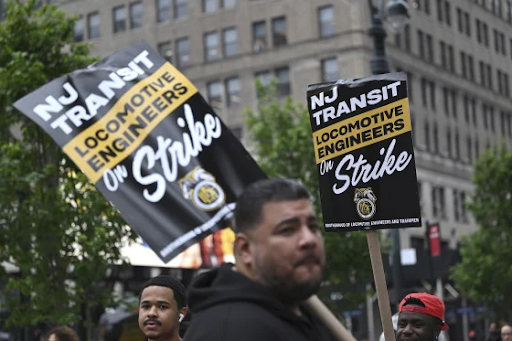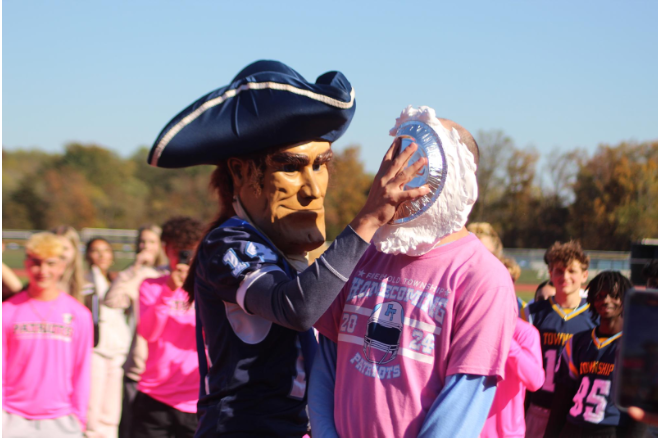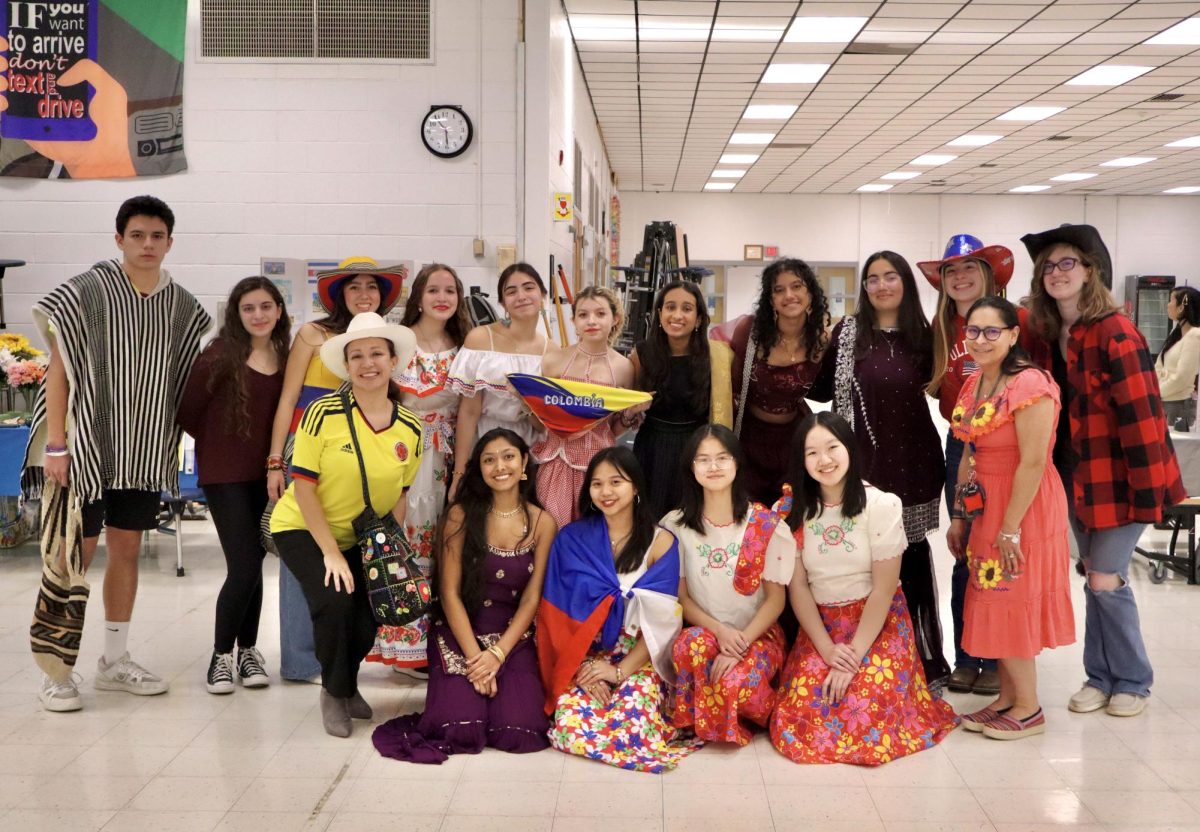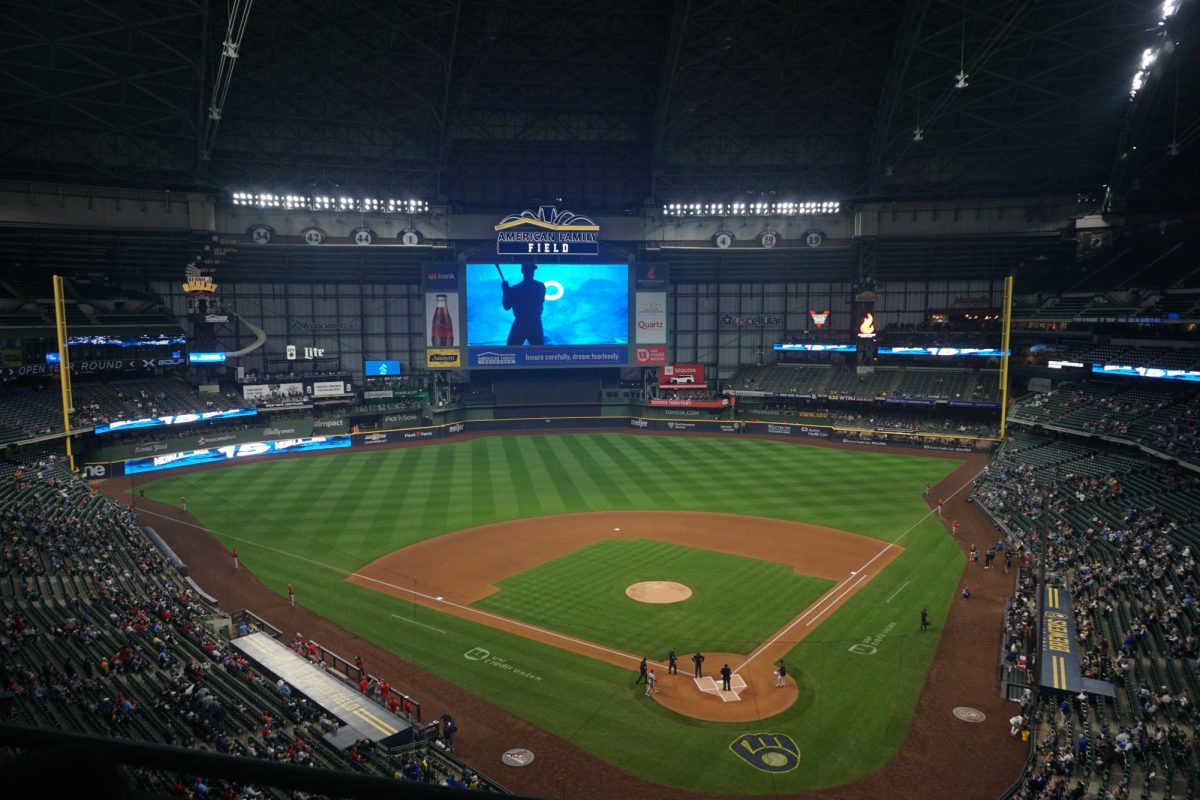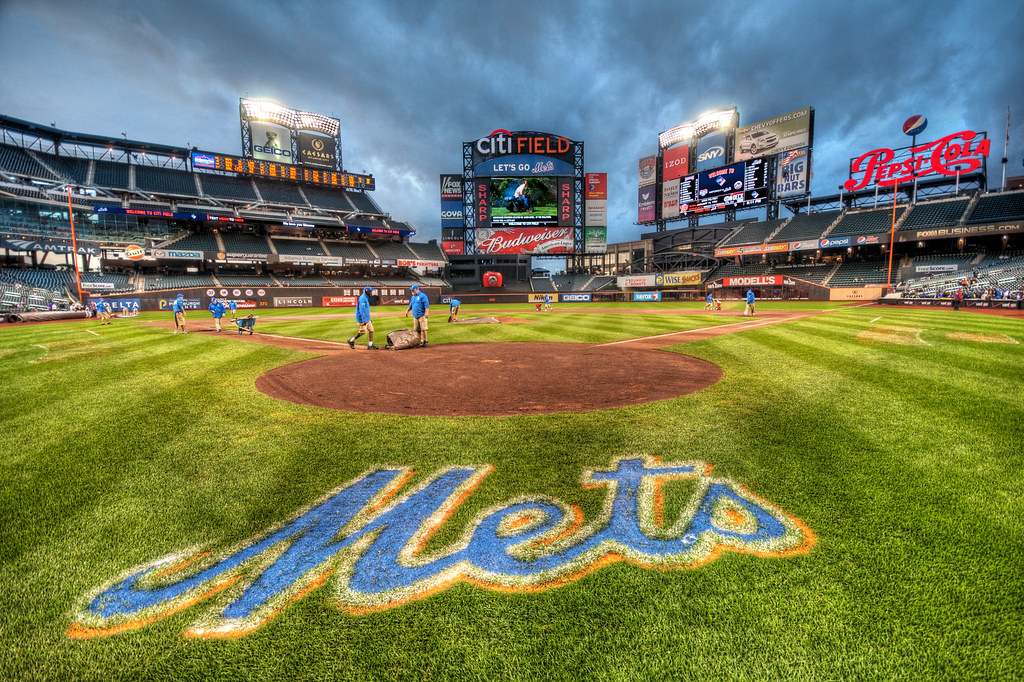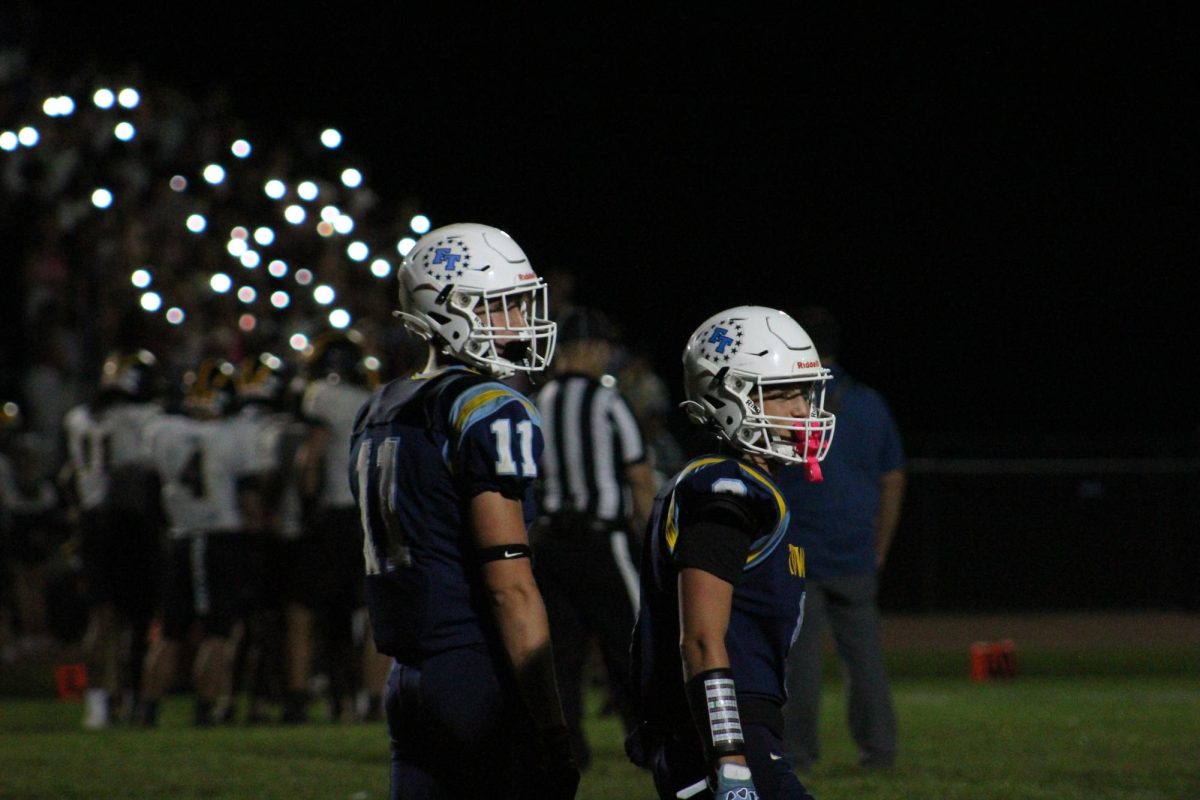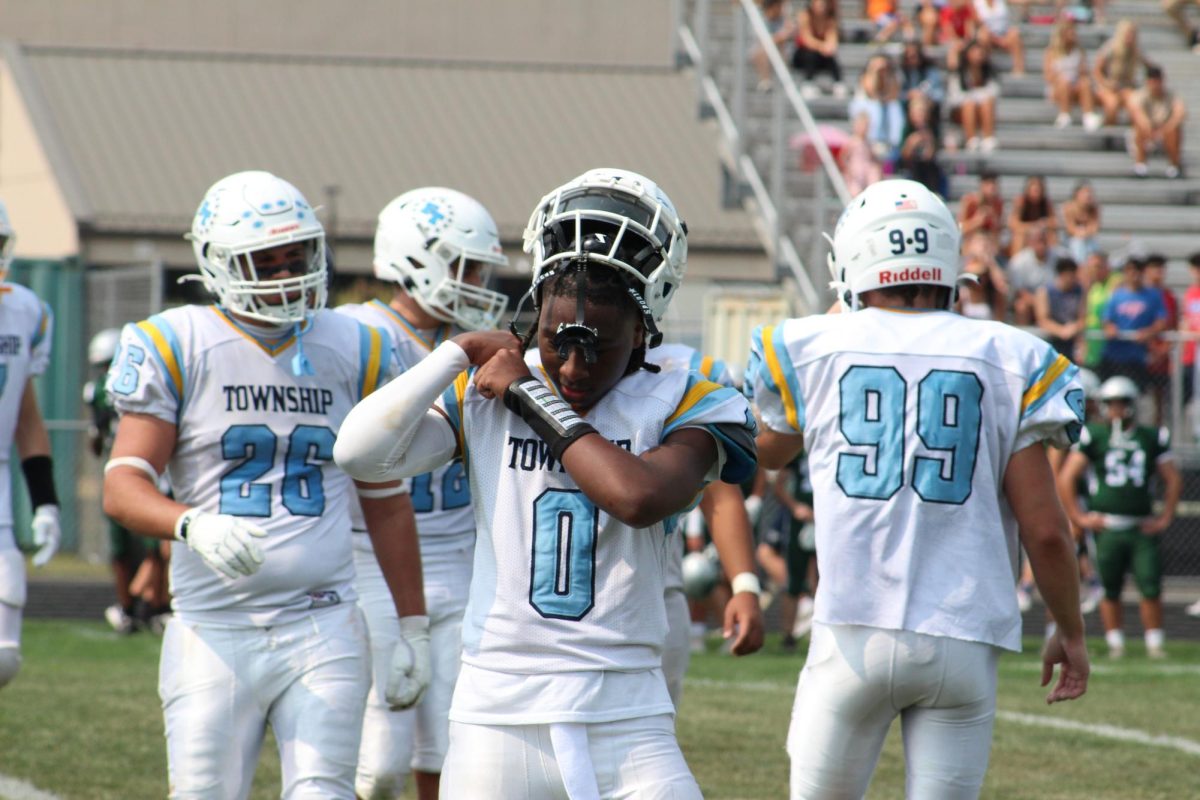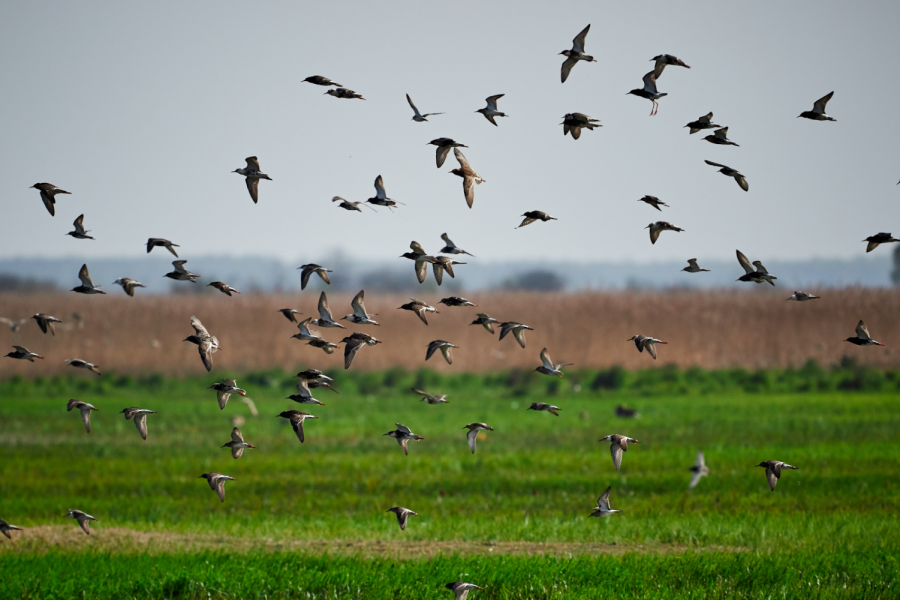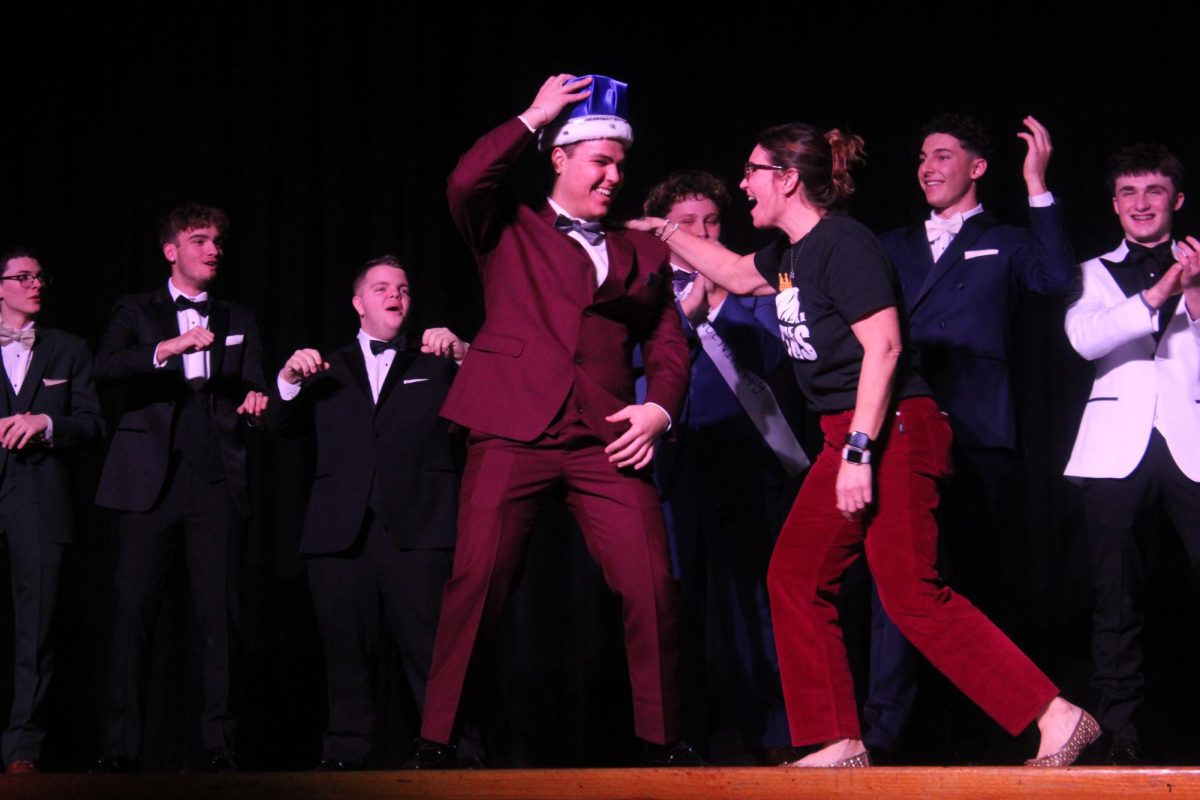
World War 2, the bloodiest war in history. Over 88 million lives were lost fighting against the rise of Fascism, each soldier having their own story to tell. What remains true is that this World War was fought around the world, campaigns in Europe, Asia, Africa, and the Theatres of these places also had naval and air combat. From the dreaded Normandy Invasion, to the first attack on US soil at Pearl Harbor, to the Bulge. These battles, campaigns, and invasions all told a story of taking and capturing, saving and killing, throughout the world. Yet a campaign from this era remains mostly forgotten to the public view, a battle that took place on actual US soil. Not something along the lines of Pearl Harbor, but an invasion and recapture on the United States itself: The Battle of Attu
Context
The Aleutian Islands Campaign was set in part by the Japanese to divert US forces during Japan’s attack on Midway Island, eventually leading to the Battle of Midway. Starting on June 7th, 1942, actually the end of the Battle of Midway, the Japanese Northern Army had managed to invade and occupy Attu, which happened to be a remote, volcanic island. This piece of land happened to be at the western-most point of Alaska’s trail of islands, the very end of the U-shaped island trail. Technically, making this official US Soil, and making it an officially captured territory by the Japanese. Even if American leaders didn’t think much of that trail, it wouldn’t be until March 26, 1943, that the U.S. Navy paved the way to recapture the island:
Operation Landgrab
The Battle of the Komandorski Islands led the U.S. Navy to be able to secure sea lanes and be able to clear the way for an attack on Attu, in which the U.S. Military landed 11,000 infantry on the island. Yet even when Japanese troops, led by Colonel Yasuyo Yamasaki, moved to higher ground, they encountered the least resistance put up by the island itself. As for the Americans, their ill-equipped and ill-prepared decisiveness to navigate in unfamiliar territory proved a challenge. Snow, fog, rain, mud, and every cruel condition they endured throughout the operation, while still having to look for enemies.
Yet with assistance from naval and air support, they manage to force the Japanese into a deadlocked siege, trapping them in a small hillside area. Although the way the Japanese followed this was with no surrender, Colonel Yamasaki’s last resort was a surprise counterattack. May 29, 1943, was when this attack was launched, and it lasted for around another day or so. But even after this surprise attack, the forces were overwhelmed, and the Americans managed to take back the island fully. Casualties included 2351 dead Japanese, with 28 captured. 549 dead Americans, with the rest being wounded, cold injuries, or disease. Colonel Yamasaki died that day, leading another charge up Engineer Hill, where the Americans had been setting up camp.
Aftermath
28 survivors had been left of the Japanese forces, with everyone else gone. The Americans had discovered that within hospital tents, most patients had been killed off to prepare for the incoming counterattack, knowing they could not assist.
Taking off the coast of Alaska, it remains the second-deadliest battle in the Pacific Theatre, falling to Iwo Jima. It would be the first ever confirmed battle on U.S. soil during the war, thankfully being the only one known. Even surviving Attuans who had been captured by the Japanese before the battle could not even return home, as the U.S. government had decided that the cost to rebuild their villages had been prohibitive. Today, it stands as a National Historic Landmark and is a part of the Alaska Maritime National Wildlife Refuge. Even if shrouded in the fog of a battle that no one knew was taking place in the US’s backyard, a battle happened nonetheless. And it’s a part of the deadliest war in world history, yet the stories of its survivors are passed down today.
“What a nightmare, a madness of noise and confusion and dealiness.” – Capt. George S. Buehler, reflecting the counterattack on May 29th

